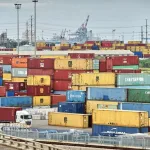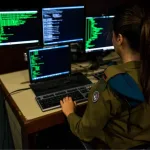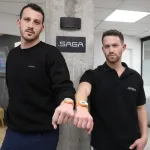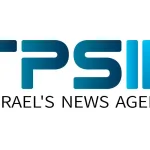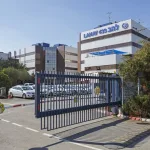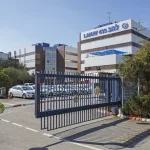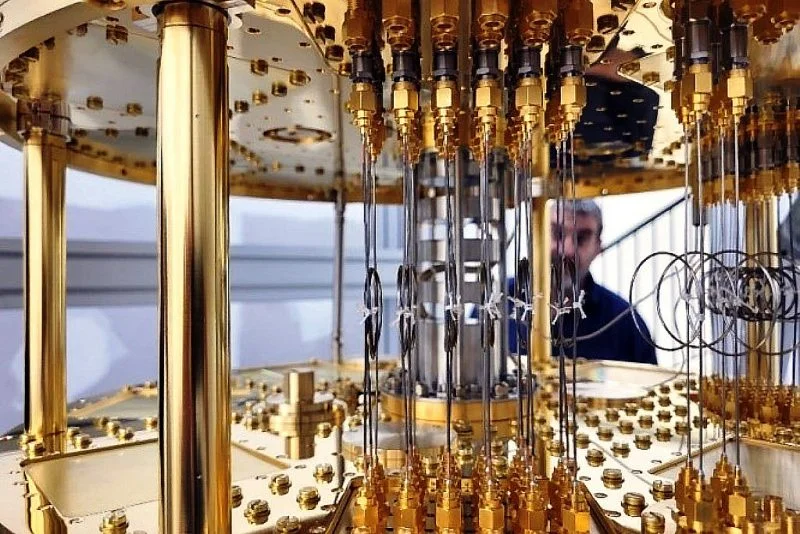Nir Yanovsky-Dagan heads the Innovation, Data, and Artificial Intelligence Unit at Israel’s National Digital Agency.
One of the most iconic children’s stories—and a foundational tale in entrepreneurial culture—is The Little Engine That Could. In it, a toy train breaks down on the tracks and needs help. Several large, impressive engines pass by, each explaining why they can’t assist. In the end, it’s a small blue engine that comes to the rescue, connecting to the train cars and, through sheer determination, pulling them over the mountain to a happy ending.
Anyone reading the OECD’s recent report on Israel’s AI sector might see a familiar pattern. Like the little engine, Israel may be small, but it punches above its weight. The country stands out globally for its strengths in scientific innovation, venture capital, and tech commercialization. Israel ranks among the world’s top ten in AI investment, research, and application.
In a time of deep national and economic uncertainty, this “blue-and-white” engine is a strategic asset. Even once the war ends, Israel could face a difficult financial period. After the Yom Kippur War, the country entered a lost economic decade. To avoid a similar fate, AI leadership could be the engine that drives Israel from recession to recovery.
But, just like in the children’s story, an engine alone isn’t enough. The real power comes when it’s connected to the rest of the train. And here lies the problem. The OECD report also sounds a clear warning: Israel has repeatedly failed to link its AI innovation engine to the broader economy. Traditional industries and the public sector have been slow to adopt new technologies. The average digital skill level in Israel is low by global standards. This disconnect creates a dual economy—one in which we can intercept missiles in space, but still struggle to calculate a teacher’s paycheck correctly.
The good news is that this gap can be closed. It requires a joint national effort. The high-tech sector is ready. Immediately after October 7, hundreds of companies stepped up to offer tech solutions for emergency needs. Many are investing heavily in connecting to government cloud infrastructure, making fast and secure implementation possible. Their involvement in initiatives around hostage return and judicial reform shows a strong sense of social responsibility.
At the same time, thousands of public sector employees are working to drive innovation forward. Programs like the Challenge Tenders and the Government Challenge Arena are already helping to match government needs with private-sector solutions. Partnerships with academia and AI implementation pilots across ministries are starting to deliver breakthrough results. With greater investment, these efforts can turn AI into a powerful tool for improving public services across the board.
The intersection of AI and public service has massive social potential. In education, AI can personalize learning and reduce dropout rates. In healthcare, it can enable early diagnosis and help prevent future pandemics. In transportation, it can reduce traffic accidents, ease congestion, and improve public transit. In welfare, it can help identify vulnerable populations, prevent addiction, protect social workers from burnout, and ensure that citizens can exercise their rights.
Of course, this must all be done with care. Responsible, transparent, and ethical AI use is non-negotiable. But with the right balance of social vision and technical expertise, we can translate innovation into meaningful, real-world impact.
The OECD report makes it clear: Israel’s AI engine is strong and ready. We are well positioned in the global AI race. Now it’s time to connect that engine to the rest of the train—especially the public sector—so that the entire country can move forward.
Just like in the story, it’s the connection between entrepreneurial energy and social purpose that ensures the train reaches its destination.

